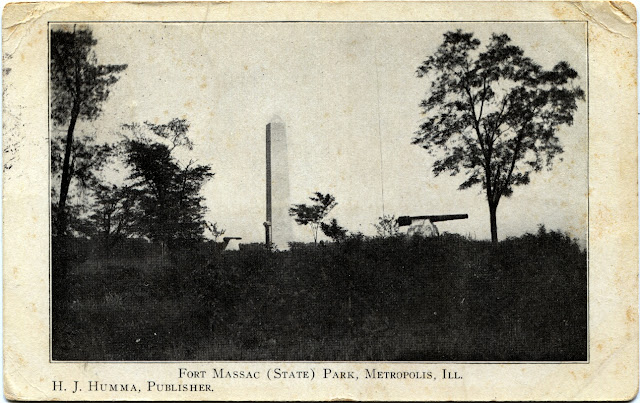It was located at the northwest corner of Medinah Road and Lake Street in the Chicago suburb of Bloomingdale, Illinois, but all advertisements and the mailing address read "Addison, Illinois."
Paul's Grove was purchased by John and Marie Spiezio in 1952 and they managed it until 1958.


Richard Barrie was the founder and owner of the private, corporate event amusement and picnic park called, "Hillcrest Park" in Woodridge [formerly Lemont], from 1952 to 2003.
Barrie added some kiddie rides, built a fairy-tale castle, and hired people to dress in costumes, thus bringing the storybook characters to life. After some financial problems, Barrie sold Storybook City USA to Durell Everding in 1961.
 |
| Notice the odd seating arrangement on the miniature train. |




 |
| Chicago Tribune Ad, December 10, 1960 |

 |
| The Original "Old Woman Who Lived in a Shoe" from Storybook Park (the toe was enclosed) can be seen at the miniature golf course at Green Valley Golf Range in Hanover Park, Illinois. |















